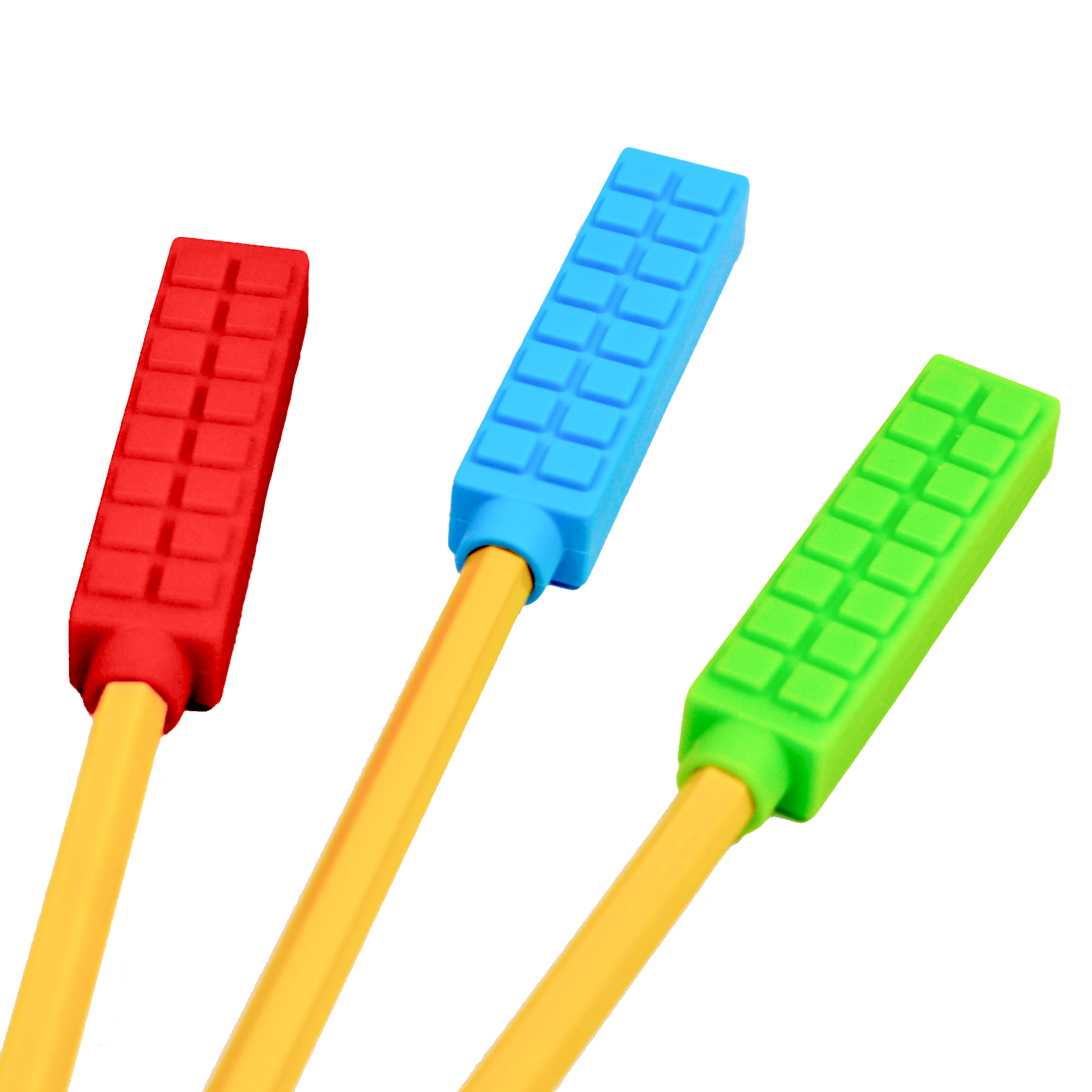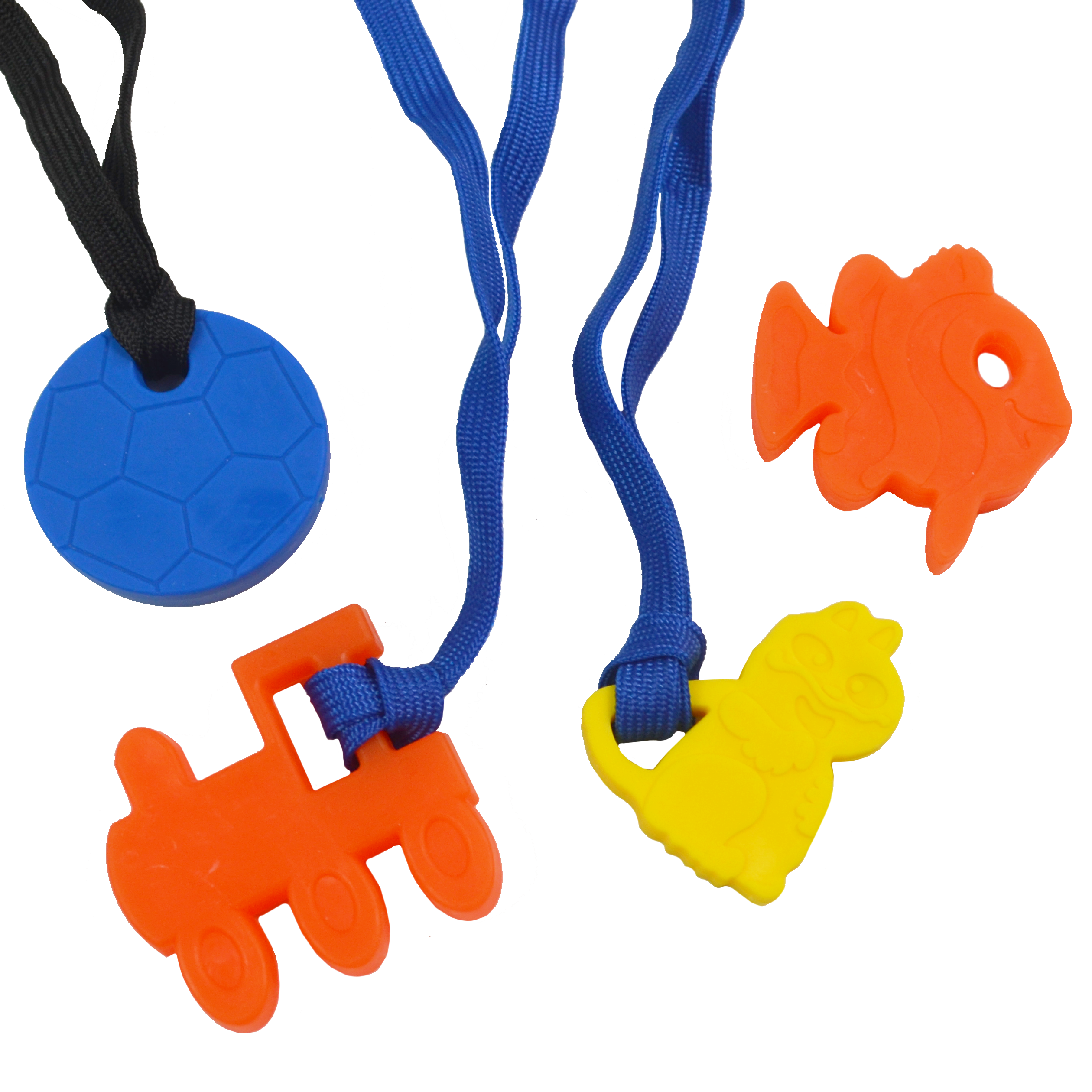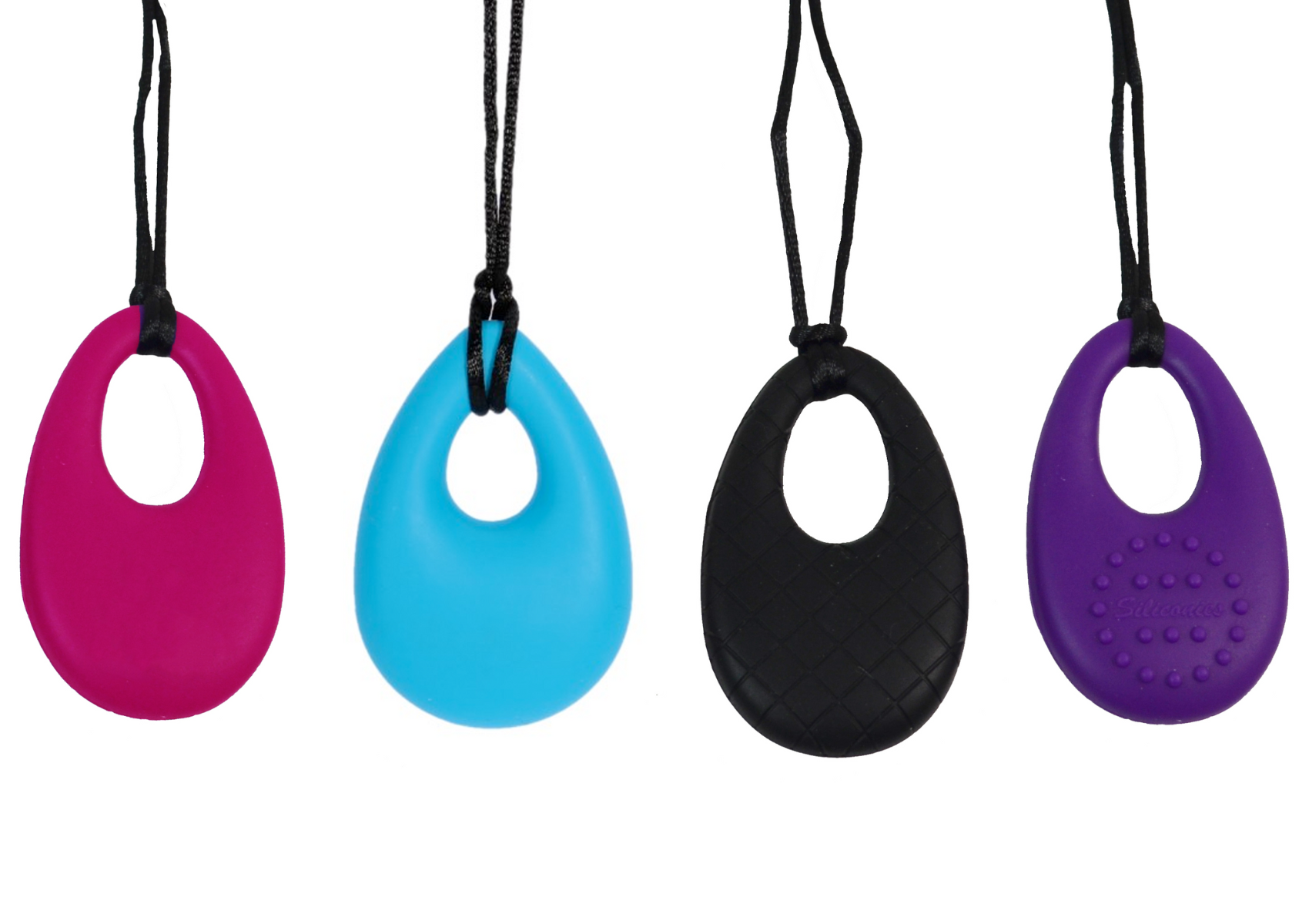Children with special needs often exhibit behaviors that demand a deeper understanding and compassion from those around them. Among these behaviors, the act of chewing on objects or using specific chewy tools stands out. To many, it might seem like a casual habit or a random action, but for these children, chewing serves a profound and purposeful role in their lives.
Exploring the Purpose Behind Chewing
Chewing behaviors among children with special needs go beyond mere habituation. For many, it is a crucial means of self-regulation and sensory stimulation. These children often experience heightened sensory needs, and chewing becomes a tool for organizing their senses, enabling better focus, and engaging more effectively with their surroundings.
Beyond its uses for self-regulation, chewing can act as a coping mechanism for children with sensory differences, especially during stressful or overwhelming situations. Through chewing, these children find solace, reducing anxiety and providing them with a sense of control amidst challenges faced in day-to-day life.

(Pictured above: Red Chewy Tube)
Types of Chewy Tools Available
A wide variety of chewy tools have been designed to cater to the diverse needs of children with special requirements. From subtle chew necklaces and pendants that offer oral stimulation without drawing attention to durable chewy tubes with different textures for sensory exploration, these tools provide a range of options to meet individual preferences and requirements. Chewable bracelets, zipper pulls, handheld chews, and pencil toppers allow children to engage in sensory activities without disrupting their daily routines. Chewies also come in a variety of different resistances to accommodate different strength levels, ranging from soft chewies for mild chewers to extremely tough chewies designed for heavy-duty chewers. Each tool serves a specific purpose, offering a safe and acceptable outlet for these sensory needs.

(Pictured above: Brick Chewy Pencil Toppers)
Supporting Children's Chewing Needs
Understanding the profound significance of chewing behaviors is essential for caregivers, educators, and society as a whole. Providing appropriate chewy tools not only fulfills sensory needs but also redirects inappropriate chewing behaviors toward more acceptable outlets. Creating environments that embrace these behaviors and educating peers, teachers, and caregivers about the benefits of chewy tools is crucial in reducing stigma and fostering acceptance.

(Pictured: Chewy Charms with a Safety Necklace)
Chewing behaviors among children with special needs can be far more than mere habits—they are essential mechanisms for sensory regulation, emotional comfort, and self-regulation. Understanding the significance of these behaviors and providing tailored chewy tools can significantly enhance the lives of these exceptional children. By fostering acceptance, offering appropriate tools, and embracing their unique needs, we can create environments that empower these children to thrive and navigate the world confidently.

